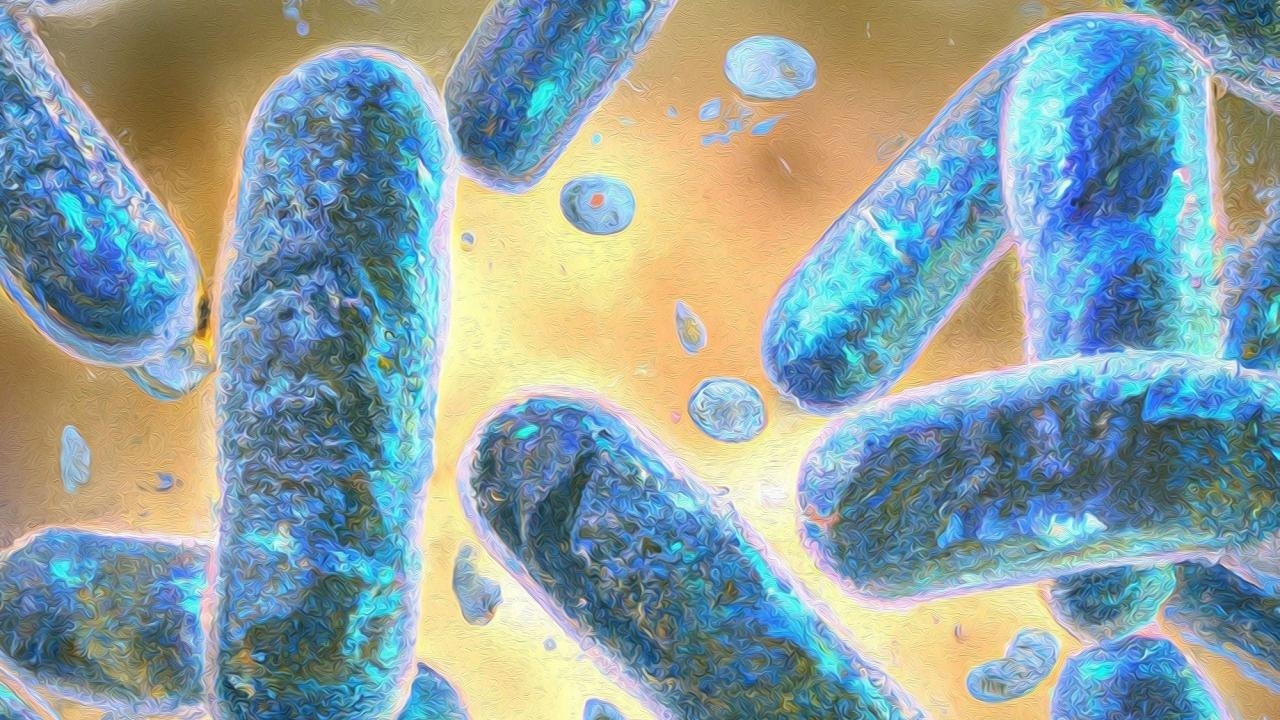At the University of California, Davis, biomedical engineers have developed “cyborg cells” that are partially alive. The cyborg cells, which retain the abilities of living cells but are unable to divide, could be used for a variety of purposes, from making therapeutic drugs to cleaning up pollution. The study was published on January 11th, 2023 in Advanced Science.
 UC Davis biomedical engineers have created semi-living “cyborg cells” that have many of the capabilities of living cells but are unable to divide and grow. The cells could have applications in medicine and environmental cleanup. Image Credit: Cheemeng Tan, UC Davis
UC Davis biomedical engineers have created semi-living “cyborg cells” that have many of the capabilities of living cells but are unable to divide and grow. The cells could have applications in medicine and environmental cleanup. Image Credit: Cheemeng Tan, UC Davis
Engineering new functions in cells is the goal of synthetic biology. According to Cheemeng Tan, an associate professor of biomedical engineering at UC Davis and the study’s senior author, there are essentially two methods in use.
One is to take a living bacterial cell and add new genes to its DNA that will give it new capabilities. The alternative is to start from scratch and build an artificial cell with biomolecules and a synthetic membrane.
The first method uses an engineered living cell, which is very flexible but also capable of self-reproduction, which may not be ideal. A totally artificial cell is incapable of procreation, less complex, and has a narrow range of functions.
Infused with artificial polymer
A third strategy was developed by Tan and the UC Davis group. They injected the building blocks of an artificial polymer into living bacterial cells. Once inside the cell, UV light exposure caused the polymer to cross-link into a hydrogel matrix. Although the cells could continue to function biologically, they were unable to divide.
The cyborg cells are programmable, do not divide, preserve essential cellular activities, and gain nonnative abilities.”
Cheemeng Tan, Study Senior Author and Associate Professor, Biomedical Engineering University of California, Davis
Researchers discovered that the cyborg cells were more resilient to stresses that would normally kill normal cells, such as exposure to hydrogen peroxide, antibiotics, or high pH.
In the end, they were able to modify the cells so that they could invade laboratory-grown cancer cells.
The team is conducting additional research on the formation and control of cyborg cells along with the effects of various matrix materials. Additionally, they want to investigate how they can be used for a variety of purposes, from addressing environmental issues to identifying and treating diseases.
Tan added, “Finally, we are interested in the bioethics of applying cyborg cells as they are cell-derived biomaterials that are neither cells nor materials.”
Source:
Journal reference:
Contreras-Llano, L. E., et al. (2023). Engineering Cyborg Bacteria Through Intracellular Hydrogelation. Advanced Science. doi.org/10.1002/advs.202204175